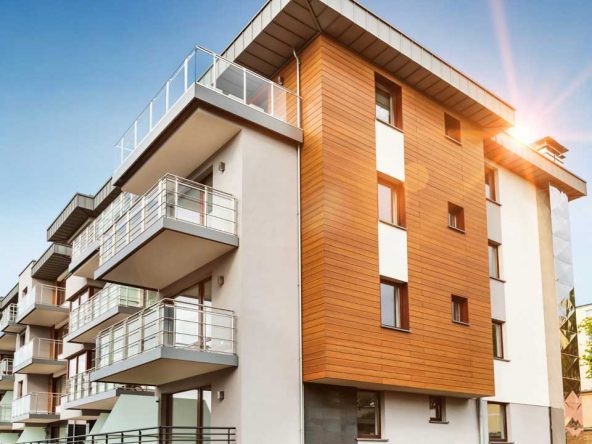As climate change continues to impact our planet, the need for sustainable and efficient heating and cooling systems becomes increasingly important. In Kenya, geothermal energy is emerging as a promising solution to address these challenges, particularly in low-income and informal housing communities. This newsletter delves into what geothermal heating and cooling systems are, their use in Kenya, governing legislation, advantages and challenges, and potential solutions.
What is Geothermal Heating and Cooling?
Geothermal heating and cooling systems utilise the earth’s stable underground temperature to regulate building climates. In Kenya, these systems harness geothermal energy from the earth, especially prevalent in the Rift Valley. By circulating fluid through underground pipes, these systems absorb heat from the ground in cold weather and release heat into the ground during warmer weather, providing an efficient and sustainable means of temperature control.
How It’s Used
In Kenya, geothermal systems are particularly beneficial due to the country’s geothermal resources. The Rift Valley is rich in geothermal energy, making it an ideal location for these systems. These systems are not only used in residential settings but also in commercial and industrial applications, contributing to Kenya’s efforts to diversify its energy sources and reduce reliance on fossil fuels.
Governing Legislation
Geothermal energy development in Kenya is regulated by several authorities, including the Ministry of Energy and the Geothermal Development Company (GDC). The Energy Act of 2019 provides a comprehensive framework for the development, management, and utilization of energy resources, including geothermal energy. This legislation ensures sustainable and environmentally friendly practices in the exploitation of geothermal resources.
Advantages and Challenges
Advantages:
- Energy Efficiency: Geothermal systems are highly efficient, reducing electricity consumption by 25-50% compared to conventional systems.
- Environmental Benefits: These systems significantly cut greenhouse gas emissions by utilising renewable energy sources.
- Cost Savings: Despite the high initial installation costs, geothermal systems offer long-term savings on energy bills due to their efficiency and low operating costs.
Challenges:
- High Initial Costs: Installation involves significant upfront expenses, primarily due to drilling and laying underground pipes.
- Technical Expertise: A limited number of professionals are trained in the installation and maintenance of these systems in Kenya.
- Site Suitability: Not all locations are ideal for geothermal systems, as efficiency depends on geological characteristics.
Possible Solutions to Challenges
Addressing these challenges requires a multi-faceted approach:
- Financial Incentives: Government subsidies and incentives can help offset high initial installation costs, making geothermal systems more accessible.
- Training Programs: Developing training programs for local technicians and engineers will expand the pool of professionals capable of installing and maintaining these systems.
- Research and Development: Continued investment in R&D can optimize geothermal technology for varied geographical conditions, enhancing its applicability and efficiency.
Innovative Project by Robert Gordon University (RGU)
A notable initiative in this field is led by a team of researchers from Robert Gordon University (RGU), aiming to reduce heat stress for Kenyans living in informal housing. Funded by the Scottish Funding Council (SFC) and the Global Challenges Research Fund, this project has received a grant of nearly £35,000.
The project focuses on installing geothermal cooling systems that pull colder air from underground into homes made of iron sheeting in low-income communities. These homes, typically three meters by four in size and often housing up to eight people, face severe heat stress due to climate change and lack access to electricity or running water for cooling.
The RGU team, in collaboration with Tom Mboya University, is investigating the impact of these systems on various heat stress and well-being measures using fitness trackers to monitor activity levels, heart rate, skin temperature, and sleep quality. Participants also complete questionnaires on heat stress and mental wellbeing.
Professor Stephen Vertigans, the project lead, emphasizes the importance of such solutions for improving living conditions and health in some of the world’s poorest areas. The multidisciplinary team, with expertise spanning sociology, health sciences, computing, engineering, and architecture, aims to design, implement, and evaluate effective solutions for enhancing health and well-being in underprivileged communities.
Conclusion
Geothermal heating and cooling systems present a viable and sustainable solution to Kenya’s energy needs, particularly in the face of climate change. While challenges exist, initiatives like the RGU project demonstrate the potential for innovative approaches to mitigate these issues. Through continued research, financial support, and technical training, Kenya can fully harness its geothermal potential, improving living conditions and promoting environmental sustainability.
Disclaimer:
Please note that the information provided in this article is for general informational purposes only and should not be construed as legal advice. It is always advisable to consult with a qualified legal professional to discuss your specific circumstances and obtain tailored legal counsel.





